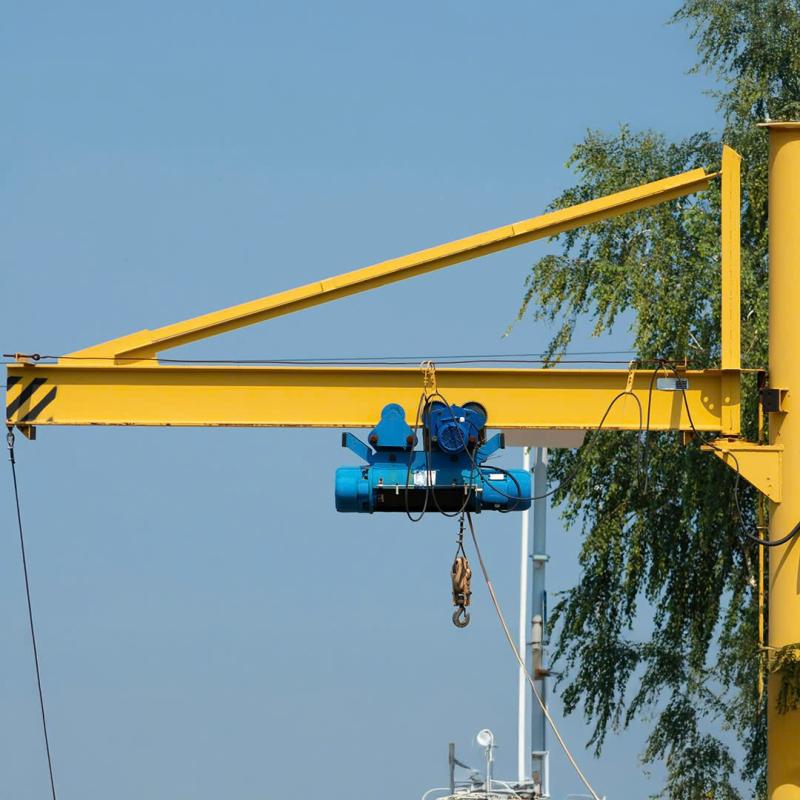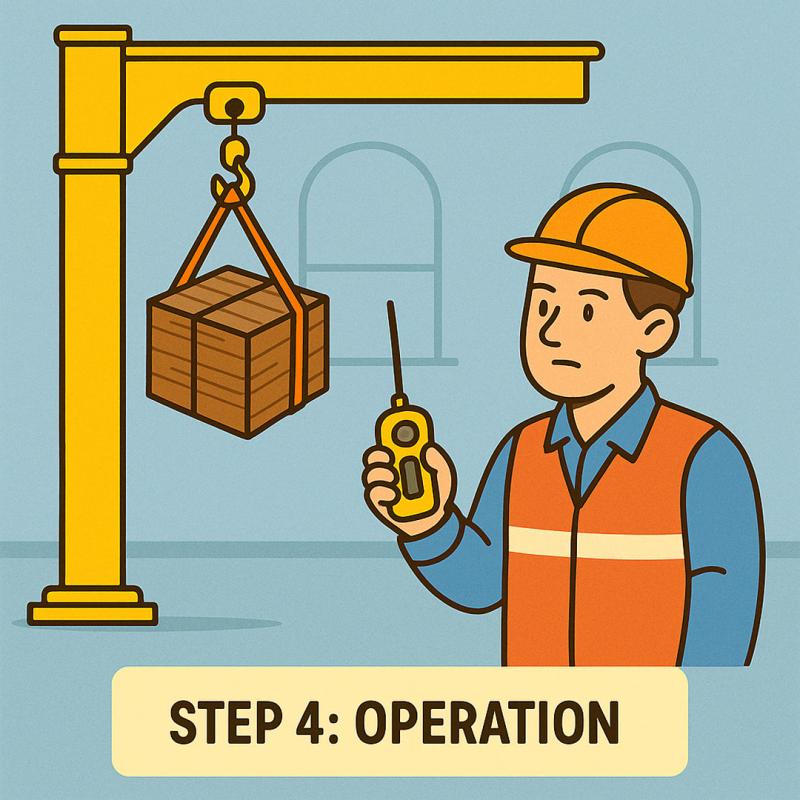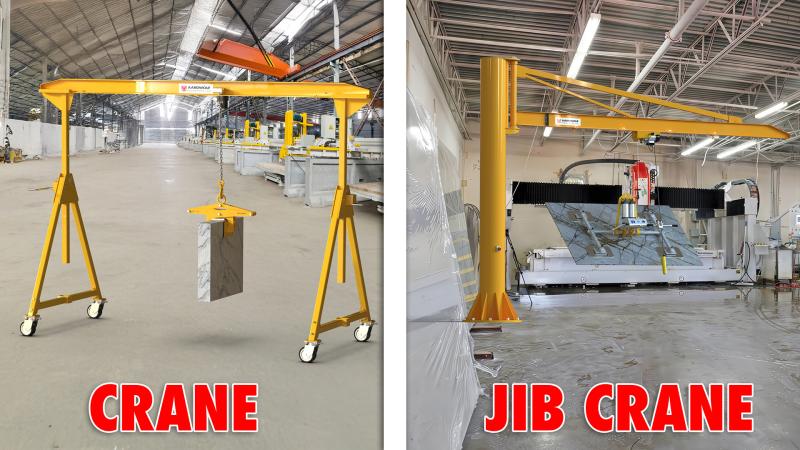



With a variety of options available—from freestanding jib cranes and wall mounted jib cranes to ceiling mounted, articulating, and pillar jib cranes—understanding the key factors in your decision process ensures you invest in the most suitable equipment.
This comprehensive guide walks you through essential considerations, technical specifications, and practical applications to help you make an informed choice.
Jib cranes are pivotal in localized lifting tasks within manufacturing facilities, warehouses, and workshops. Their design enables the hoist and trolley to move loads radially around a pivot point, typically covering a 180° to 360° arc depending on the crane type.
Jib cranes come in various configurations tailored for specific applications. Learn more about their core types and features at The specification of Jib Cranes.

Understanding your maximum load and duty cycle is fundamental. Overloading a crane can cause damage and pose safety hazards. Different cranes have varying capacities:
Freestanding jib cranes often handle heavy loads with full rotation.
Wall mounted jib cranes typically manage medium to light loads.
Articulating jib cranes are ideal for precise handling with moderate capacity.
Your facility’s space and layout influence crane selection:
If floor space is limited, wall mounted or ceiling mounted jib cranes save valuable room.
For open or outdoor areas, freestanding jib cranes provide full coverage.
Complex layouts with obstructions benefit from articulating jib cranes.
The required swing angle dictates crane type:
360° rotation: Freestanding and ceiling mounted cranes.
180°-200° rotation: Wall mounted cranes.
Variable articulation: Articulating cranes can adjust arm positions.
This ensures the crane covers the needed workspace without obstruction.
Evaluate building structures:
Strong concrete foundations are needed for freestanding and pillar jib cranes.
Load-bearing walls or columns support wall mounted cranes.
Ceiling-mounted cranes require overhead beams or trusses capable of bearing dynamic loads.
Explore foundation and mounting options like Jib Cranes Foundation to your warehouse.
For frequent or heavy use, cranes with motorized hoists and rotation improve safety and efficiency. Automated or semi-automated controls reduce operator fatigue and improve cycle times.
Discover benefits of automation in Benefits of Smart Jib Crane Operations.
Consider environmental factors such as:
Indoor vs. outdoor use (weather exposure).
Cleanroom or hazardous environments.
Temperature extremes or corrosive atmospheres.
Choose cranes with appropriate coatings and certifications.
Common in outdoor yards and large warehouses, freestanding cranes offer versatility and heavy load capacity.
Ideal for assembly lines and production cells, wall mounted jib cranes conserve floor space while supporting repetitive lifts.
Learn more about applications at What is a Wall-mounted Jib Crane.
Used in environments requiring unobstructed floors, such as cleanrooms or tight aisles.
Best suited for intricate work areas with obstacles, providing flexible reach.
Used for machine feeding and maintenance tasks with compact footprint.

Correct installation and operation maximize crane benefits. Train operators, maintain equipment regularly, and integrate cranes into your workflow design.
Learn detailed operational techniques in How to apply Jib Cranes.
Selecting the right jib crane hinges on evaluating your load requirements, workspace, operational needs, and structural capacity. Whether opting for a freestanding, wall mounted, articulating, or other jib crane types, informed decisions improve safety, efficiency, and ROI.
Explore comprehensive product lines and expert insights at Jib Cranes and ensure your choice fits perfectly with your operation.
References
1. How to operate a Jib Cranes safely
3. Over brace jib crane wall mounted
5. Is a Jib Crane a Gantry Crane
6. Articulated Jib Crane Wall Mounted
8. Manual Counterbalance Crane
10. Over Braced Jib Crane Column Mounted
Sign up to receive the latest info on new Aardwolf products, special offers and more.
By signing up you agree to receive emails from Aardwolf with news, special offers, promotions and other information. You can unsubscribe at any time.